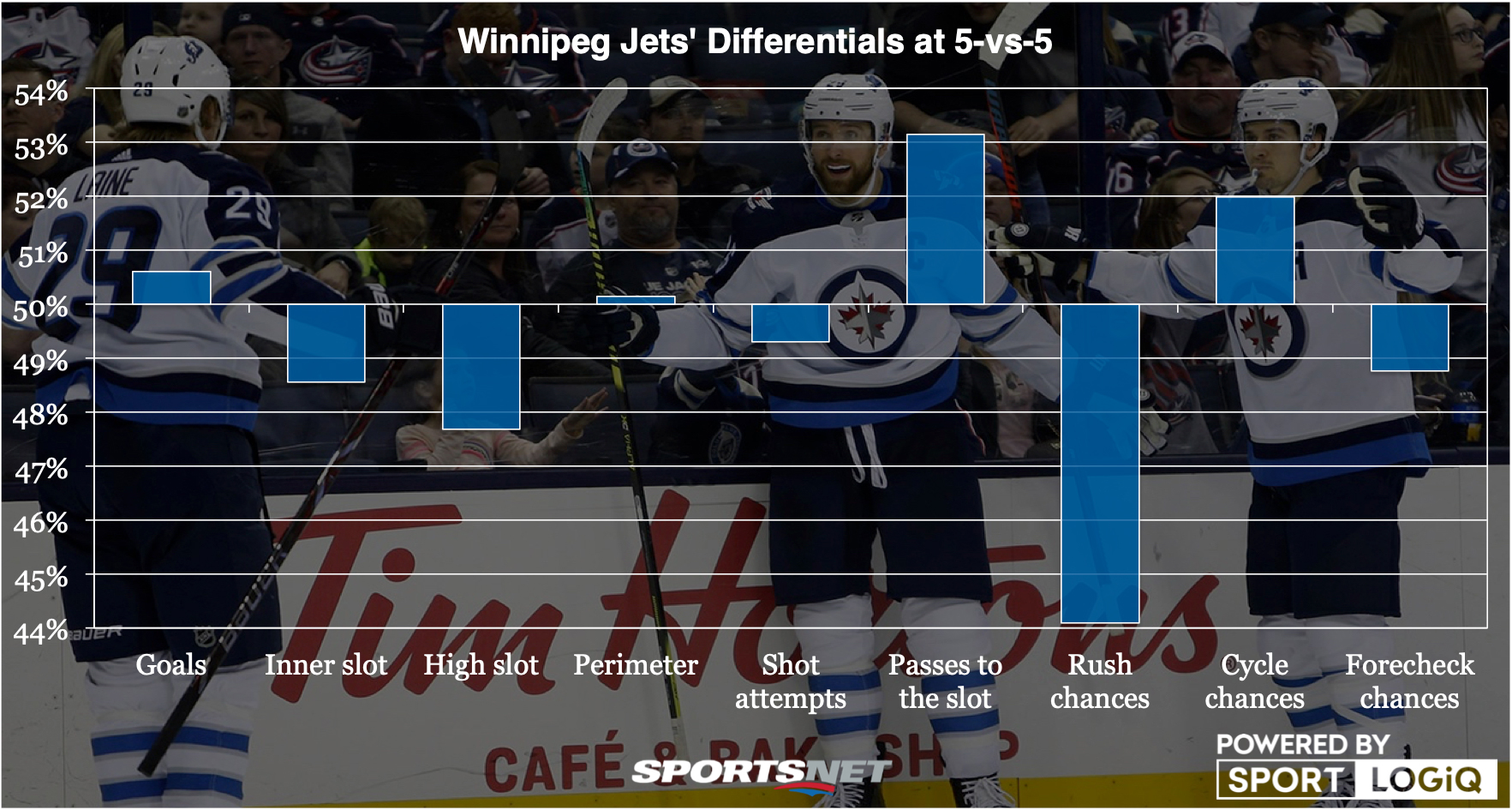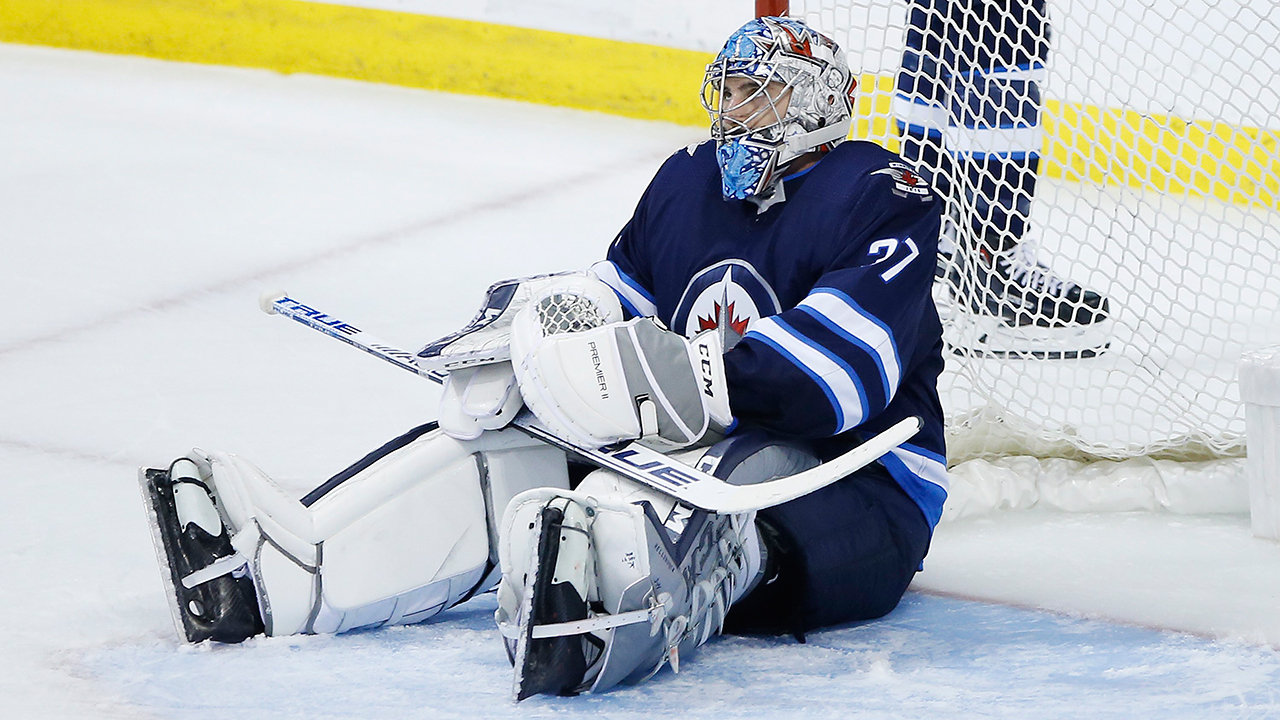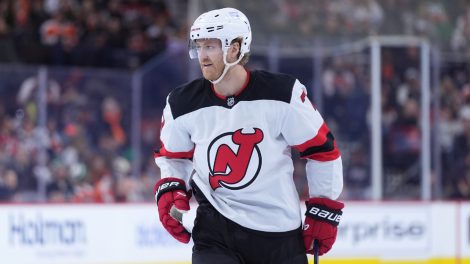We’ve already broken down which teams are most likely to climb up the standings in this coming regular season, so now it’s time for the more depressing job of looking at which teams are likely to tumble downwards.
Normally this is a pretty easy thing to do, because as we discussed in the previous piece hockey has a lot of inherent randomness that can lead to overperformance and underperformance. In any given year there are a couple of paper tigers that make the playoffs unexpectedly and can’t put things together the following season.
We saw it happen with the one season the Edmonton Oilers made the playoffs in recent memory, aided by Peter Chiarelli further gutting the team’s depth, or last season when the New Jersey Devils couldn’t recover from an injury to Taylor Hall.
However for the most part, the teams that deserved to make the playoffs made the playoffs last season. The only real exception was the Montreal Canadiens missing, but that was more due to the Eastern Conference having nine playoff quality teams than anything else.
In the Western Conference things were a bit more unstable, and it should come as no surprise that all of our teams that are due to take a step back come from the West.
[snippet]
Our first team on the list didn’t even qualify for the playoffs last season, but they got unexpectedly close with just four points between them and the last wild card spot in the West despite ending the season with just three wins in their final 10 games.
The Coyotes managed that without a single player on the roster hitting 50 points, which should change with the addition of Phil Kessel, but with Antti Raanta starting another season with an injury, the odds of Darcy Kuemper putting up another Vezina-worthy season to get them close is unlikely.

More worrying for the Coyotes is that their underlying numbers last season were terrible, particularly in some of the most important categories. While Kessel adds a lot of offence to the equation, he’s a serious defensive liability, and won’t be insulated by high-level talent like he was in Pittsburgh.
Kessel should help the Coyotes generate some more offence at even strength, both by moving the puck to the slot with his underrated playmaking ability, and scoring from the high slot, but the Coyotes not having the league’s most anemic 5-vs-5 offence isn’t likely to matter much if they can’t rely on another career-defining goaltending performance.
The biggest struggle the Coyotes have is their lack of ability to move the puck effectively in the offensive zone, and while there are great expectations for Clayton Keller in this area, he ranked 189th among forwards with 750 or more minutes played in scoring chances created last season, fifth on the Coyotes, and well below league average. He’s going to need to bounce back in an extreme way to be the player Arizona needs in order to not be a lottery team.
Based on the off-season departures alone, and the lack of flexibility under the cap to find adequate replacements on defence, this was always going to be a tough season for the Jets. Then you add in the uncertainty of Dustin Byfuglien’s situation, and things look even less rosy for Canada’s Slurpee capital. Beyond the roster issues, there’s even more troubling news for the Jets this season if we look at their performance from last season.

After being one of the league’s elite defensive teams for the entirety of Paul Maurice’s tenure with the Jets, but only getting the goaltending to support it recently, things really fell apart last season.
The second half especially saw total collapses in the defensive zone that led to many third period comebacks for opponents, and lost points in the standings. The Jets seemed to find their game in the playoffs, but it was too late, they’d already drawn a tough opponent in the eventual Stanley Cup winners, and it was an early exit.
Two seasons ago, the Jets controlled quality chances from the inner slot at an absurd rate, which alongside their exemplary control of passes to the slot, made it difficult for teams to get much through Connor Hellebuyck. They combined that with their own secret weapons in Mark Scheifele and Patrik Laine being able to score repeatedly from a distance, so they didn’t need to generate as many quality chances.
They maintained the pass control overall, but fell apart everywhere else, being particularly susceptible to attacks off the rush. And while their season-long differential in cycle chances was positive, from February on they were deeply in the red. With half their defencemen from last season gone, even if Byfuglien comes back this is set to be a difficult season for the Jets.
This is the one that I’m least sure of, because of all these teams the Stars have the most potential in their roster to get better instead of worse. But there are a few red flags in how they played last season.

The primary mode of play for the Stars last season was to protect the inner slot at all costs while shelling in their own zone for most of the game. While spending most of their time on defence, the object of the game was to force turnovers and burn teams on the counter-attack.
With puck movers like John Klingberg and Miro Heiskanen, alongside scorers like Tyler Seguin, Alex Radulov, and Jamie Benn, you can see why that strategy might be appealing. However the Stars are extraordinarily top heavy at forward and defence, so what works for their top guys doesn’t always hold throughout the lineup.
The additions of Joe Pavelski, Corey Perry, and Andrej Sekera might help, but Perry and Pavelski are net-front guys and neither are known for their skating. That could add a new dimension to the Stars’ attack, but it might also just not be a fit.
The other issue with how things went down for the Stars last season was that even though their strategy worked in some areas, the advantages the Stars enjoyed were very small, less than one per cent better than their opponents.
It’s better to outshoot teams from the inner slot than the perimeter, but if you’re barely outpacing your opponents from the inner slot, and wildly being outplayed from the perimeter, you open yourself up to randomness in the forms of deflections and screens, intentional or not, that can lose you a lot of games.
The Stars might still manage to make the playoffs, but on paper it looks like it will be more due to the Western Conference non-playoff teams from last season failing to improve more than it would be due to the Stars’ own moves.
[relatedlinks]








